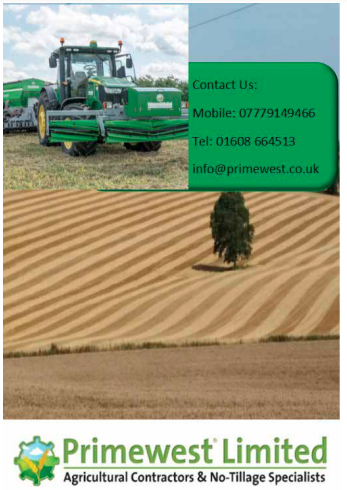It was in 2002 that I first wrote an article outlining: ‘The need for’ and ‘Benefit of having’ a good population of mycorrhizal fungi in your soil. That is of course still true but it is not the most important of the life in your soil; so what is?
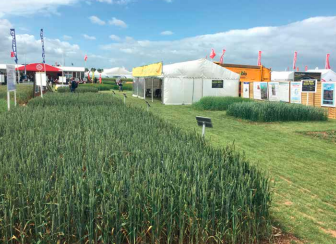
Of course there may not be any one type of life that is most important, but you will be well aware there are many that can be important but for the wrong reasons. For example soil microorganisms that are pathogenic to the crop you want to grow – you could argue these are the most important because of the damage they can do e.g. Take-all, Fusarium, Clubroot, Rhizoctonia, Scab, Cavity spot, Rust, Eye spot and others all determined to eat or damage your crop and that is without mentioning the insects that munch on the leaves.
What if we stay with the beneficials e.g. earthworms; there are three main species of these and they should be counted as V.I.M. (very important members), but it is none of these; in regular arable cropping it is the beneficial micro-organisms that will live in, on and around your plant; protecting it from the pathogens, feeding it from the soil reserves and from the atmosphere, providing such things as nitrogen, phosphate and trace elements. If you create the correct conditions, the mycorrhizae will inhabit your soil, creating a ‘cobweb effect’ across the whole area and provide some minerals to your crop. They will not protect it from the soil dwelling pathogens.
Beneficial micro-organisms are everywhere, and they are needed by all living organisms on earth. They live symbiotically with plants, animals, and us. If not for these little factories, we would not be able to digest our food and get the vast range of nutrients we require daily. They also defend their host by producing certain antibiotics or simply blocking pathogens away from infection. It is a cornerstone of a healthy immune system. The same goes for the plants; the topsoil is the digestive tract which will provide roots with nutrients that the plant requires, at the time it needs it.
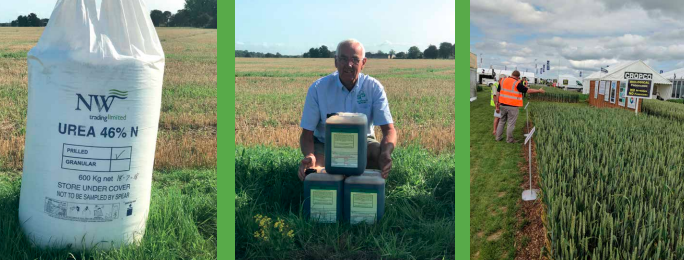
Some of the micro-organisms will protect the host in exchange for sugary exudates from roots, so it acts as the immune system of the plant. To make sure soil is functioning properly, ensuring favourable soil conditions are a must. Additionally, it won’t be any good if we don’t have adequate numbers of these beneficial micro-organisms that will carry out these specific functions, so inoculating soil at key stages will ensure that the plant gets maximum benefit. The soil is a living breathing organism and as such, just like any other living creature, it needs air, water and food in that order. However, there are also plenty of anaerobic micro-organisms that are, for the most part, pathogenic and not what you want to encourage. The most important microbes in any living thing, including you and me, are the ones you can’t see but you can smell them. When your soil smells sweet, that is the geosmin wafting their aroma and is an indication of a healthy soil.
This life in your soil is a constant battle ground, as one army becomes dominant this is then attacked by another and depending on the host plant, may be defeated. If the winner is a pathogen, then your crop will suffer, so now it becomes obvious we need to invest in the beneficials and that means feeding them and adding to their numbers to help them outcompete the pathogens. Bearing in mind it is a constantly changing environment, with plant growth stages affecting the food source for these microbes, which in turn affects the types of these mini bugs, that is why we have now introduced a complete biological programme.
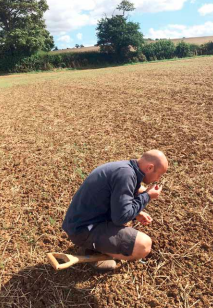
It starts before you plant your next crop, feeding your soil with beneficial microbes in a unique food source. This will allow the beneficial microbes to inhabit the rhizosphere, providing nutrition to your plants with specialist root development enzymes. The inclusion of a range of ‘phosphobactors’ means your plants get their phosphate requirement from your own ‘locked up’ phosphate reserves. A pre-drilling application of Bio-Start is also preparing your soil for the nitrogen-fixing bacteria in the spring. It is all about priming your soil’s ‘microbial army’ for the spring growth surge. In spring we will once again feed your soil’s ‘army’ and will include a range of nitrogen-fixing organisms. Depending on the type of and the health of the crop being grown, further applications may be necessary; the important point is to maintain the advantage gained in this soil war. By now the plant is pretty much in charge of what is going on, unless you compromise your soil army with applications of ‘cides’. If you do need to apply pesticides, then help your soil army recover with a biological activator.
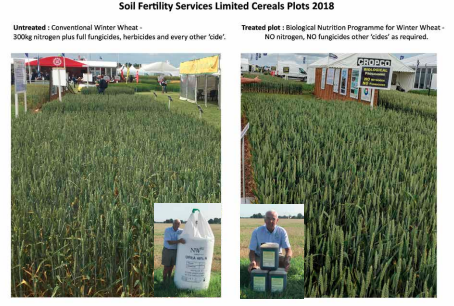
What is amazing is the speed this all happens; for example, if you apply these nitrogen-fixers to the leaf of your plant, within milliseconds these microbes will be translocated to your plant root system. R e m e m b e r the principle is ‘feed your soil and your soil will feed your plant, feed your plant and your plant will feed your soil’. There is a t e m p t a t i o n to apply a carbon source in the shape of molasses to feed the soil but this is not a selective food source and you can cause yourself a lot of problems if you end up feeding the wrong bugs. Better to supply the reinforcements in the shape of megabacters and feed them. Nitrogen fixers, phosphate fixers, plant protectants, root growth stimulants, this is your army. Look after it and it will help you to grow high yields of healthy crops; abuse it and there will be consequences to pay.
